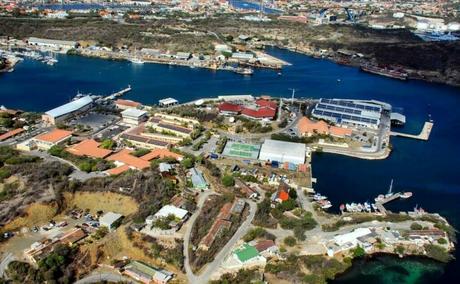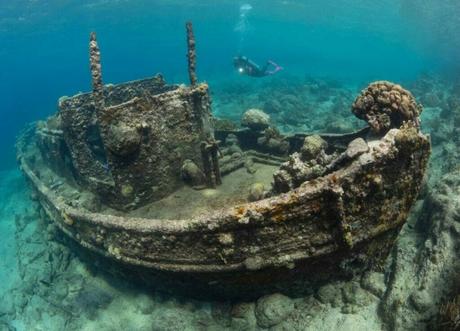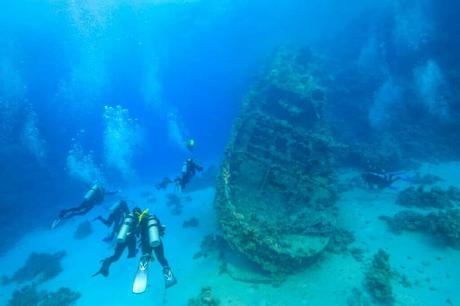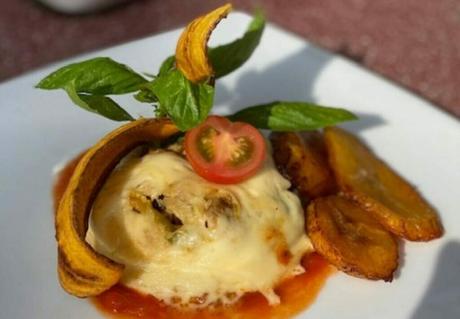Curaçao holds a captivating maritime history of trade routes, shipwrecks, and marine research. As a bustling trade hub in the past, it attracted merchants worldwide, leaving behind intriguing shipwrecks now explored by divers.
Ongoing research and the Maritime Museum in Willemstad unveil the island’s seafaring past. Curaçao’s maritime heritage continues to shape its identity, attracting visitors to its historical sites, diving opportunities, and vibrant cultural traditions.
The island’s connection to the sea is reflected in its music, art, culinary delights, and celebrations, creating a tapestry of adventure and cultural heritage to be discovered.
Early Trade Routes

Curaçao, strategically located in the Caribbean, has a fascinating maritime history that spans centuries. Early economic channels on the island were essential in linking Europe, the Americas, and Africa. Throughout the 17th and 18th centuries, Curaçao thrived as a bustling business center, attracting merchants from all over the world. The Dutch West India Company established a trading post on the island, transforming it into a significant center of commerce in the region. Thanks to its deep natural harbor, Schottegat, Curaçao became an ideal port of call for ships traversing the Atlantic with valuable goods.
The maritime activities of Curaçao during this era were instrumental in fueling economic growth and cultural exchange. The island was an important link in the worldwide commercial network, allowing for the movement of items like as spices, sugar, textiles, and slaves.
Merchants from various nations frequented its shores, establishing a multicultural atmosphere that can still be felt today. Curaçao’s historical importance as a commercial hub continues to influence its character and adds to its attraction as a destination for visitors looking for a glimpse into the past.
Notable Shipwrecks

The beautiful seas around Curaçao are home to countless shipwrecks, which serve as a reminder of the island’s naval history. These sunken vessels have become captivating attractions for divers and history enthusiasts alike. Among the notable shipwrecks is the Superior Producer, a cargo ship that sank in 1977. It is now an artificial reef, laying on the ocean floor and attracting a diverse range of marine animals.
Another renowned wreck is the Tugboat, which found its resting place in the 1980s. This shipwreck lies in shallow waters, making it easily accessible for snorkelers and beginner divers, who can explore its captivating remnants and witness the convergence of history and marine life.
Exploration of these shipwrecks gives not only an exhilarating experience but also a unique insight on the island’s seafaring legacy. It allows divers to delve into the past, immersing themselves in the stories of these lost vessels and the lives they once carried. Each shipwreck unveils a chapter of Curaçao’s history, offering a tangible connection to the maritime world and the events that unfolded beneath the waves.
Maritime Archaeology

Curaçao’s maritime history extends beyond the visible shipwrecks, attracting researchers and archaeologists eager to uncover the island’s hidden treasures. The island has become a maritime archeology hotspot, with continuing digs and finds shedding light on its seafaring history.
The Maritime Museum in Willemstad stands as a testament to these endeavors, housing a remarkable collection of maritime relics. Navigational instruments, maps, salvaged artifacts from shipwrecks, and displays depicting the lives of sailors provide visitors with a captivating glimpse into Curaçao’s maritime legacy.
Maritime archeology is critical to reconstructing the island’s past as well as the larger tales of trade, discovery, and cultural interaction in the Caribbean. Through meticulous research and analysis, experts unravel the stories behind each artifact, contributing to a deeper understanding of Curaçao’s seafaring traditions. The continuous marine archeology initiatives guarantee that the island’s nautical legacy is researched and maintained for future generations.
Curacao Maritime History: Impact on the Economy

Curaçao’s maritime history has left an indelible mark on its economy, shaping its development and trade relationships. The island’s strategic location and thriving port attracted merchants, establishing a foundation for economic growth. Throughout its history, Curaçao has been involved in a range of activities, including salt mining, oil refining, and international trading. Its deep-water harbor served as a gateway for ships carrying goods, fostering economic prosperity and enabling connections with other nations.
Today, Curaçao leverages its rich maritime heritage to enhance its tourism industry. Visitors are drawn to the island’s historical sites, diving opportunities, and maritime-related activities. The discovery of shipwrecks, together with the immersive experiences provided by museums and cultural venues, gives a unique view into the history of Curaçao. The economic impact of maritime tourism contributes to the island’s continued development and preservation of its maritime legacy.
Cultural Significance and Maritime Traditions

Curaçao’s maritime history encompasses economic, historical, and cultural significance, fostering unique traditions that endure today. The island’s deep connection to the sea has profoundly influenced its cultural fabric, evident in various aspects of Curaçaoan life.
The captivating music genre called “Tumba,” rooted in African origins and shaped by sailors’ experiences, exemplifies the resilience and diversity of the island’s people. Each year, Tumba festivals unite locals and visitors, celebrating the infectious beats and energetic performances that forge a collective cultural identity.
Artistic expression in Curaçao is also deeply intertwined with the maritime heritage. Local artists draw inspiration from the sea, infusing their creations with nautical themes, vibrant colors, and marine imagery. Through paintings, sculptures, and handicrafts, these artists preserve and perpetuate the island’s cultural legacy, capturing the essence of its connection to the ocean. Their works serve as visual narratives, recounting stories of seafaring traditions and the profound impact of the maritime environment on Curaçao’s artistic identity.
Cultural customs and celebrations further exemplify the significance of Curaçao’s maritime heritage. “Dia di Bandera” (Flag Day), an annual event held on July 2nd, commemorates the island’s autonomy within the Kingdom of the Netherlands while paying tribute to its maritime history. Colorful boat parades featuring traditional vessels adorned with vibrant flags and sails grace the island’s waters, showcasing Curaçao’s maritime pride and representing its rich cultural tapestry.
The preservation of maritime traditions is also evident in the skilled craftsmanship of boat-building, as artisans meticulously construct traditional fishing boats known as “Piská,” employing generations-old techniques. These beautifully crafted vessels serve as living testaments to Curaçao’s maritime legacy, symbolizing the enduring connection between the island and the sea, while highlighting the cultural importance placed on preserving these traditions.
Seafood and Maritime Influences

Curaçao’s culinary scene beautifully reflects its maritime heritage, with seafood playing a prominent role. Abundant marine resources and a vibrant fishing culture contribute to a delightful array of seafood dishes. One must-try specialty is “Kadushi,” a savory stew combining tender cactus strips with fresh seafood like shrimp or fish. This unique delicacy showcases the island’s resourcefulness and culinary heritage, honoring the bounty of its surrounding waters.
Highlighting Curaçao’s diverse culinary traditions, “Kabritu Stoba” is a traditional slow-cooked goat stew. While not seafood-based, it represents the island’s seafaring past, as goat meat was commonly consumed by sailors during long voyages.
The stew’s aromatic herbs and spices pay homage to the flavors that sustained maritime journeys. The fusion of cultural influences is also evident in dishes like “Keshi Yena,” a savory combination of melted cheese, meat, and spices often served with seafood or a seafood-based sauce.
Curaçao’s vibrant cocktail culture complements the seafood dishes, with the famous “Blue Curaçao” liqueur taking center stage. The refreshing blue liqueur adds a vibrant hue to cocktails and symbolizes the island’s close relationship with the deep blue sea. This culinary fusion and vibrant cocktail scene offer a truly unique and delicious experience, immersing visitors in Curaçao’s maritime influences and cultural tapestry.

